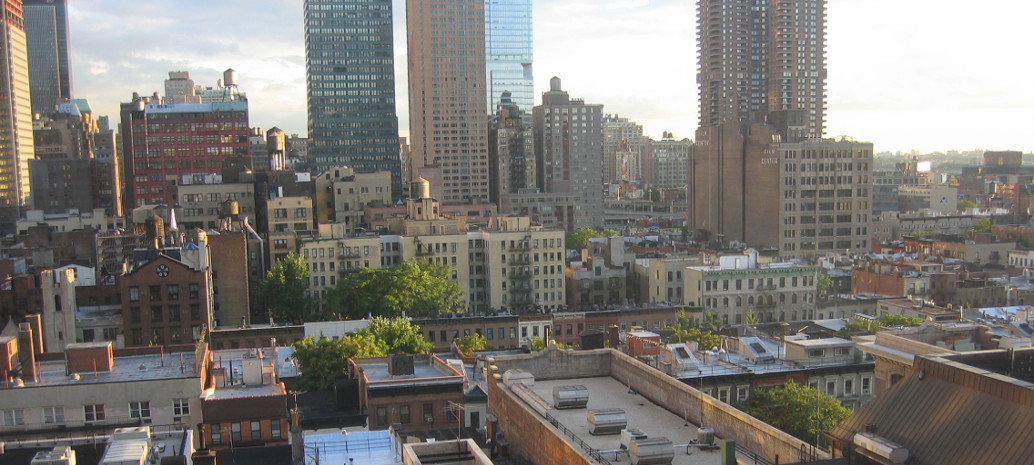In January, pv magazine staff travelled to New York City and spoke with two local solar installers and the head of the New York Solar Energy Society, Wyldon Fishman, about conditions in the local solar market.
The stories that we heard about challenges presented by fire codes and the process of permitting through the Department of Buildings (DOB) were serious enough that we followed up with inquiries to these agencies, and in July published an article on barriers to solar in New York City, which can be read on the pv magazine USA website.
Either someone was reading pv magazine, these problems were already on their way to being addressed, or both. Last Friday the administration of New York City Mayor Bill DeBlasio announced reforms at the DOB and changing guidelines for solar on some roofs at the New York Fire Department (FDNY) along with new goals for solar and energy storage in the city.
The De Blasio Administration is calling for 1 GW of solar PV in the city’s five boroughs by 2030, as well as setting a new target for 100 megawatt-hours (MWh) of energy storage by 2020. This is an expansion of the OneNYC goal of 100 MW of PV on public buildings and 250 MW on private buildings by 2025.
Perhaps more significantly, the administration states that DOB has adopted reforms to streamline its permitting process for solar PV, including allowing small-scale installations to enter a “Professional Certification” program, hiring new examiners, and providing additional training for staff reviewing applications.
Without directly admitting that there was a problem with approvals at DOB, the De Blasio Administration claims that the average review times for solar jobs has dropped from nearly five weeks in 2015 to just over one week in 2016. The administration also says that under the Professional Certification program, nearly two-thirds of applications receive approvals in less than one day.
OnForce Solar CEO Charles Feit, who pv magazine staff spoke with in January, describes this program as “self-certification”, and says that it has been an improvement.
As noted by Feit and other installers, some DOB’s past problems can be explained by volume. The agency permitted 2,204 PV systems in 2014, more than three times the number in 2013, and this year the De Blasio Administration expects DOB to issue permits for more than 3,000 systems.
Additionally, the Administration states that FDNY has revised the threshold that it uses to distinguish flat from sloped roofs, which it says increased the solar potential on nearly 5,000 rooftops across the city. Prohibitive set-backs on flat roofs have been cited by Fishman at NYSES as one of the largest barriers to deploying solar PV in the city.
Despite these challenges, the De Blasio Administration claims that the city’s installed solar capacity has reached 96 MW during time as mayor. This is a significant growth over the volume that utility ConEdison reported in April, and a nearly four-fold growth on the estimated 25 MW of capacity when De Blasio took office two years ago.
Additionally, the Administration estimates that there are currently 2,700 solar-related jobs in New York City, and says that it will work to grow that number.
This content is protected by copyright and may not be reused. If you want to cooperate with us and would like to reuse some of our content, please contact: editors@pv-magazine.com.









By submitting this form you agree to pv magazine using your data for the purposes of publishing your comment.
Your personal data will only be disclosed or otherwise transmitted to third parties for the purposes of spam filtering or if this is necessary for technical maintenance of the website. Any other transfer to third parties will not take place unless this is justified on the basis of applicable data protection regulations or if pv magazine is legally obliged to do so.
You may revoke this consent at any time with effect for the future, in which case your personal data will be deleted immediately. Otherwise, your data will be deleted if pv magazine has processed your request or the purpose of data storage is fulfilled.
Further information on data privacy can be found in our Data Protection Policy.